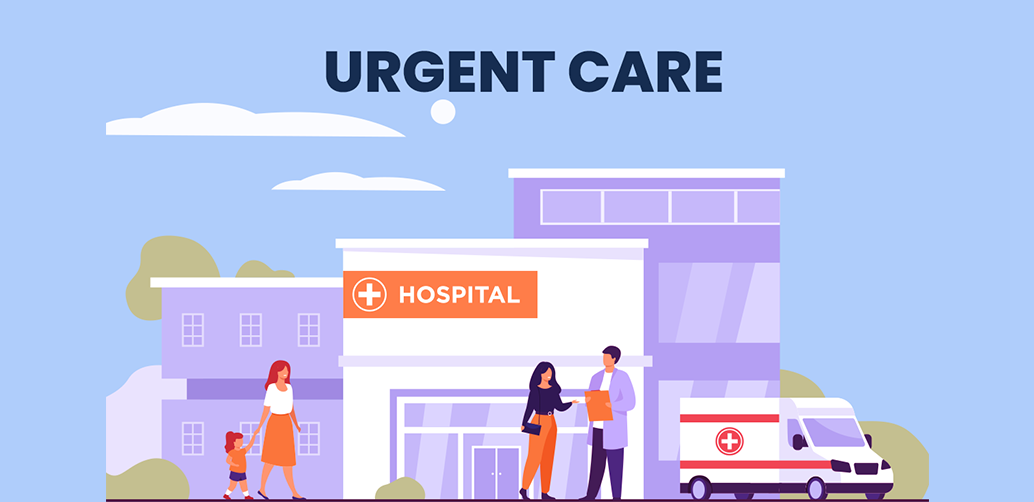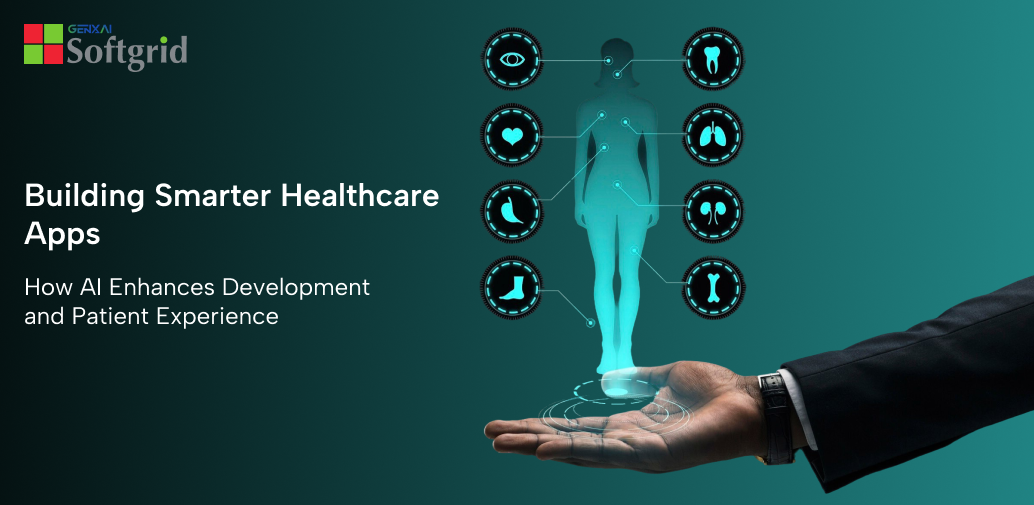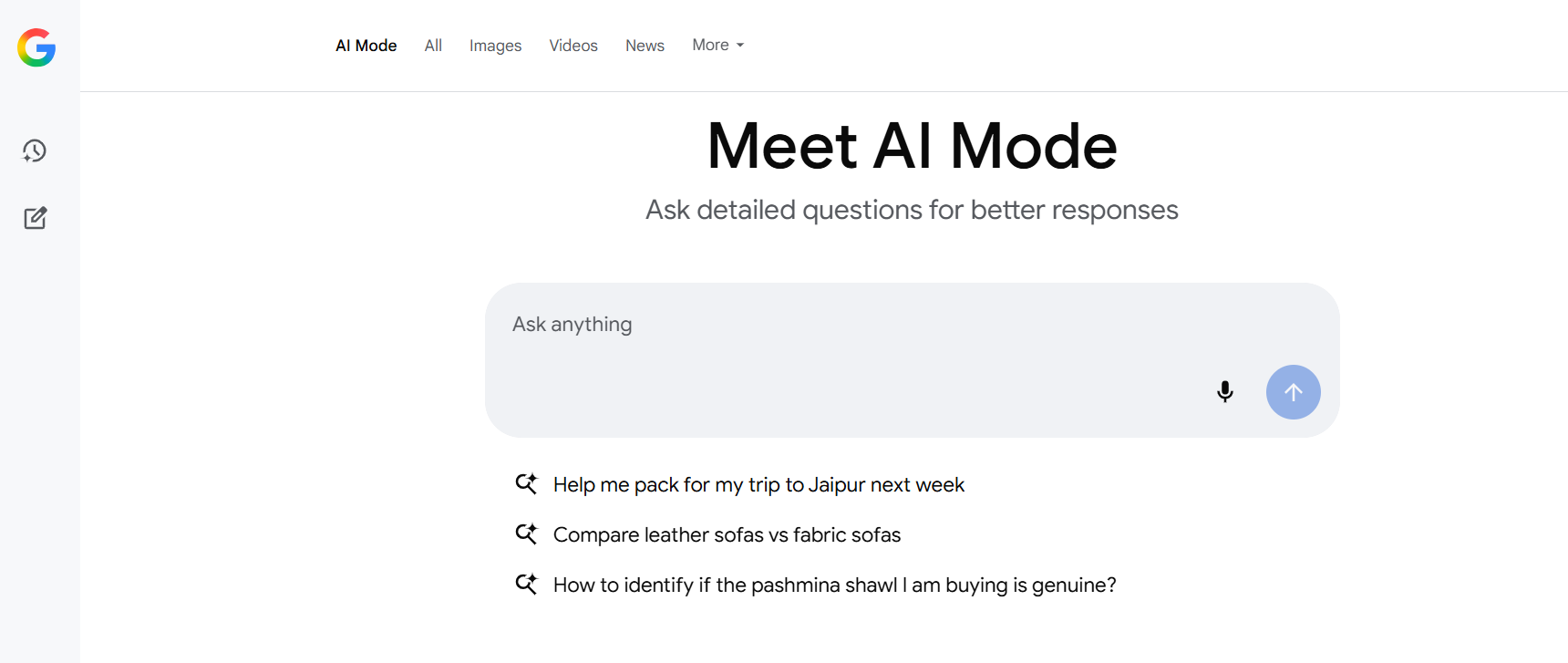The covid-19 pandemic had changed the structure of healthcare a lot, which the medical professionals had to improvise and adapt to in a very limited time. The hospitals in the US had witnessed an excessive patient load on a daily basis, among which the majority had to be given urgent care to bring them to a more stabilized condition. The pandemic scenario had again concretized how essential the proper functionality of every urgent care department actually is. The patient’s perspective has also changed regarding urgent care and its implementation of it has also developed. Several people who got infected with covid couldn’t monitor themselves properly and required immediate care with oxygen requirements and other medications.
Due to these scenarios in the US, there had been a rise of fifty-eight percent in in-visit patient volumes. This put a lot of stress on the healthcare system and prime medical facilities which had been tackled by extra makeshift arrangements and using advanced virtual care technologies. The overall patient load had also increased in all healthcare facilities mainly due to covid-testing and vaccination needs. As the covid-19 pandemic continues to dominate around the US with new variants, the patient volumes are also reaching the hospital’s utmost capacity in many regions. Due to these critical situations, urgent care providers are bending toward new technological advancements and adapting to the new systems of providing care. The urgent care division has shown resilience and strength throughout the US with its agile functionality and flexibility. This has led to the urgent healthcare systems being stable in operation even after the huge pressure which got inflicted on them.
The urgent care changes during the covid-19 pandemic
The structure of urgent care is developing through constant research and analysis of the pandemic situation and the fault spots are being identified often. Urgent care is changing in such a way that it will be able to serve more patients at a single time. The new patient visits were record-breaking in the year 2020, among the twenty-eight million patients who visited the urgent care clinics nearly half of them were new visitors. Experts advise that this flow of new patients should also be considered from a different perspective by the urgent care industry. The urgent care providers should focus on transforming the one-time visit volumes into multiples in the upcoming years. Better engagement with the new patients will be required to make them ‘returning visitors’.
But there isn’t any singular manual for the urgent care clinics to follow in these nurturing engagements, but already many clinics have planned their relationship-building strategies in the US and are in the process of implementing them. The pandemic has forced urgent care clinics to develop a more flexible operating system that will be able to serve all the evolving patient demands while building a more efficient workflow in the industry. The new operating systems being used in the urgent care clinics are more adaptable to support revenue cycle management at the clinics. The urgent care industry would be working at a faster pace than it worked in the pre-pandemic phase. The urgent care industry along with the healthcare industry has understood the need for implementing all the advanced technological systems.
The urgent care technology and the availabilities of occupational medicine
The Healthcare Information Technology industry is shaping the technological gadgets and software systems in such a way that the urgent care needs get completely fulfilled. The segments on which the HITs are focusing are patient engagement, practice engagement, billing systems, and records management. Healthcare technologies are also focused on providing a better care experience to all patients. It has been also witnessed that patients prefer to see the digital facilities being implemented in the healthcare industry just like other industries. People are supporting and praising the existence of virtual care options and are preferring to have more online services and a highly functional clinical website.
The patients and their families are finding convenience in the online features like wait time assessment, clinic check-ins, making payments, and also accessing the health records. The advanced healthcare technology has also provided the facility of telehealth consultation which is also beneficial in urgent care treatment. The basic symptoms of the patient can be gathered and analyzed over the telehealth facilities so that urgent care can be provided in much less time. In the pandemic situation, it also becomes possible to check if the patient is more prone to have a covid infection by the telehealth structure. This helps in the containment of the virus spread at the urgent care facility by isolating the patient at the time of admission.
The urgent care facilities do require software solutions that are tailored for fitting the urgent care technology. Experts suggest the urgent care infrastructure needs to get further empowered by the software technology. Certain software applications like queueing systems need to be present for better handling the rapid flow of patients. Healthcare experts also suggest that if occupational medicine offerings are developed then it can also support the urgent care industry and let it thrive during the pandemic and beyond. The process of occupational medicine doesn’t require greater space or special staff and is often stated as a normal extension of urgent care treatment.
The common services which remain integrated into occupational medicine are compensation injury care, immunization at the workplace, screenings for drugs, and physical tests. These services can be provided by the urgent care clinics through some training programs and practical tests. When looking through the financial perspective this would help the urgent care clinics build more streams of revenue which would be present for the long term. Better engagement with the community is also possible through occupational medicine. The utility of occupational medicine has increased in the covid-19 pandemic phase as it has been the prime source of covid tests and vaccinations for the employees. This has led to occupational medicine being viewed as a safe tunnel through which they can work safely at the office.
Prioritizing primary health care and proper marketing strategies
The conventional model of urgent care needs to adapt to a more versatile structure and be more flexible with its list of services. In various regions of the US, it has been noticed that the local facility serves as the first care facility in case of urgent medical attention. This happens because most people don’t have a provider of primary care and often the patients are reluctant in this matter. The traditional wellness routine does get difficult for many people to follow and the appointments and routine checks are skipped repeatedly. The lack of monitoring often results in deterioration of health and the un-identification of diseases that could have been cured by primary medication.
As per the demand ratio, the right move for urgent care providers is to develop their infrastructure into a model where primary care would also be a priority. The primary care structure is the most active fragment of healthcare in terms of patient revisits. The first time a patient visits the clinic whether for primary or urgent care is the ideal time to start engaging with the patient and place the stepping stone for a long-term relationship. Experts advise implementing modern software systems when adding primary care facilities because it would immensely help in the successful running of hybrid models. A technologically advanced clinic faces no issue with manual scheduling and referrals and keeps the daily tasks more easeful.
Treating revisiting patients would become much simpler if an AI-powered software platform exists that will be able to host every data related to the patient in a very organized form. The doctors and clinicians often require this kind of data including a symptoms summary, an overview of patients’ health records, and side effects of certain medications. This helps the specialized doctors reach a more effective diagnosis that might be chronic too. If the disease identification is more specific the treatment also becomes more personalized, this is due to the deep analysis and organized data in the software platform. There is no replacement for urgent care and needs to function with high stability in every population.
Urgent care like any other sophisticated hospital should also focus on marketing and advertisements. Experts suggest taking engagements seriously and using all the popular social media platforms in the right way to become more popular and make people accustomed to the urgent care clinic’s features. The other traditional marketing policies like follow-ups through occupational medicine and extra care at the clinic are great ways to promote a positive message for the urgent care clinic.
Healthcare experts also suggest the urgent care clinic maintain a presence at community events and increase involvement in the communities locality through the mediums of colleges, schools, sports organizations, recreation facilities and many such places that can serve as ideal locations for patient engagement. The search result rank of the urgent care clinics even only for the local region does matter a lot and optimization strategies should be implemented to not fall behind. The workflow of the urgent care clinics should remain streamlined for treating every patient at the earliest time without delay.

 Web and Full Stack
Web and Full Stack CMS and Frameworks
CMS and Frameworks Online Marketing
Online Marketing Cloud Services
Cloud Services ECommerce
ECommerce Mobile
Mobile



